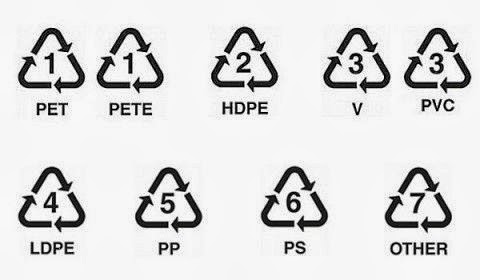Recommended articles: Financial Markets and Risk Management
For this week we have assorted links on financial markets and risk management. In particular, with four articles, one infographic, and two BIS working papers. I hope you enjoy them.
Articles:
- Revisions to the principles for the sound management of operational risk (BIS).
- The role of financial regulators in treating climate change as a systemic risk (CFA Institute).
- How Fixed-income Portfolios Match or Beat Stocks in the Long Run (Knowledge-Wharton).
- Managing capital flows to emerging markets: Theory, empirics, and policy debate (VoxEU).
Infographic: The ESG Megatrend Meets Green Bonds (Visual Capitalist).
BIS Working Papers:
1. The impact of credit risk mispricing on mortgage lending during the subprime boom. We provide new evidence that credit supply shifts contributed to the U.S. subprime mortgage boom and bust. We collect original data on both government and private mortgage insurance premiums from 1999-2016, and document that prior to 2008, premiums did not vary across loans with widely different observable characteristics that we show were predictors of default risk. Then, using a set of post-crisis insurance premiums to fit a model of default behavior, and allowing for time-varying expectations about house price appreciation, we quantify the mispricing of default risk in premiums prior to 2008. We show that the flat premium structure, which necessarily resulted in safer mortgages cross-subsidizing riskier ones, produced substantial adverse selection. Government insurance maintained a flatter premium structure even post-crisis, and consequently also suffered from adverse selection. But after 2008 the government reduced its exposure to default risk through a combination of higher premiums and rationing at the extensive margin (link).
2. Which credit gap is better at predicting financial crises? A comparison of univariate filters. The credit gap, defined as the deviation of the credit-to-GDP ratio from a one-sided HP-filtered trend, is a useful indicator for predicting financial crises. Basel III therefore suggests that policymakers use it as part of their countercyclical capital buffer frameworks. Hamilton (2018), however, argues that you should never use an HP filter as it results in spurious dynamics, has end-point problems and its typical implementation is at odds with its statistical foundations. Instead he proposes the use of linear projections. Some have also criticised the normalisation by GDP, since gaps will be negatively correlated with output. We agree with these criticisms. Yet, in the absence of clear theoretical foundations, all proposed gaps are but indicators. It is therefore an empirical question which measure performs best as an early warning indicator for crises. We run a horse race using expanding samples on quarterly data from 1970 to 2017 for 41 economies. We find that credit gaps based on linear projections in real time perform poorly when based on country-by-country estimation, and are subject to their own end-point problem. But when we estimate as a panel, and impose the same coefficients on all economies, linear projections perform marginally better than the baseline credit-to-GDP gap, with somewhat larger improvements concentrated in the post-2000 period and for emerging market economies. The practical relevance of the improvement is limited, though. Over a ten year horizon policy makers could expect one less wrong call on average (link).



Comentarios